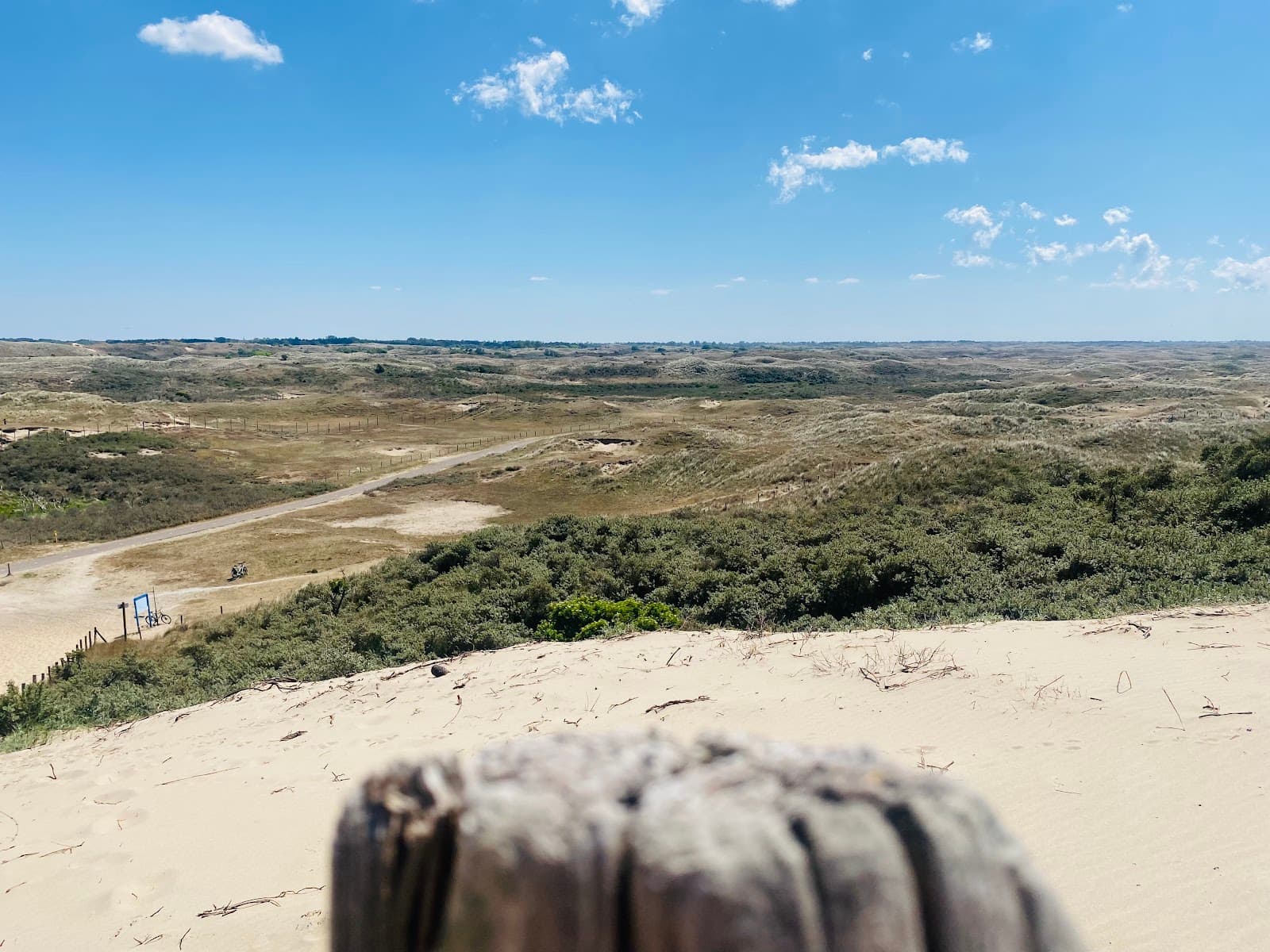
Amsterdamse Waterleidingduinen De Zilk
A serene dune landscape with abundant wildlife, offering peaceful walks through woodlands and sandy terrains.
Highlights
Must-see attractions

Social
From TikTok & Reddit
Best Time
Best for wildlife spotting

Amsterdamse Waterleidingduinen De Zilk
Best Time
Best for wildlife spotting
Highlights
Must-see attractions
A serene dune landscape with abundant wildlife, offering peaceful walks through woodlands and sandy terrains.
"Magical. Easily accessible, plenty of hiking routes offered for all levels. Sandy dunes, pretty waters and beautiful green areas with deers."
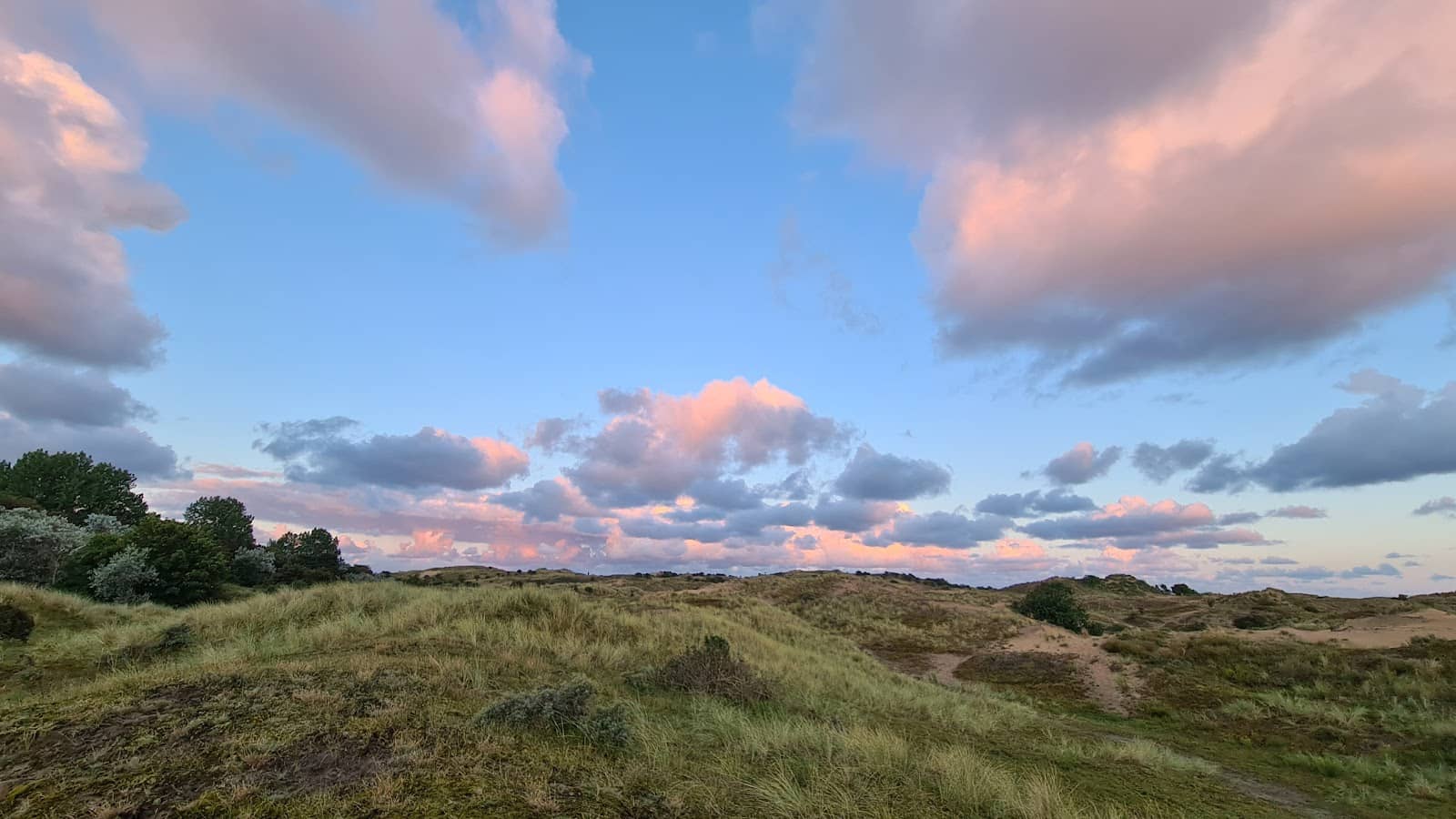
Bring Water Bottles 💧
Free water is available, so bring your own bottle to stay hydrated and be eco-friendly.
Check Trail Conditions ⚠️
Some trails can get waterlogged, especially after rain. Be prepared for unexpected detours.
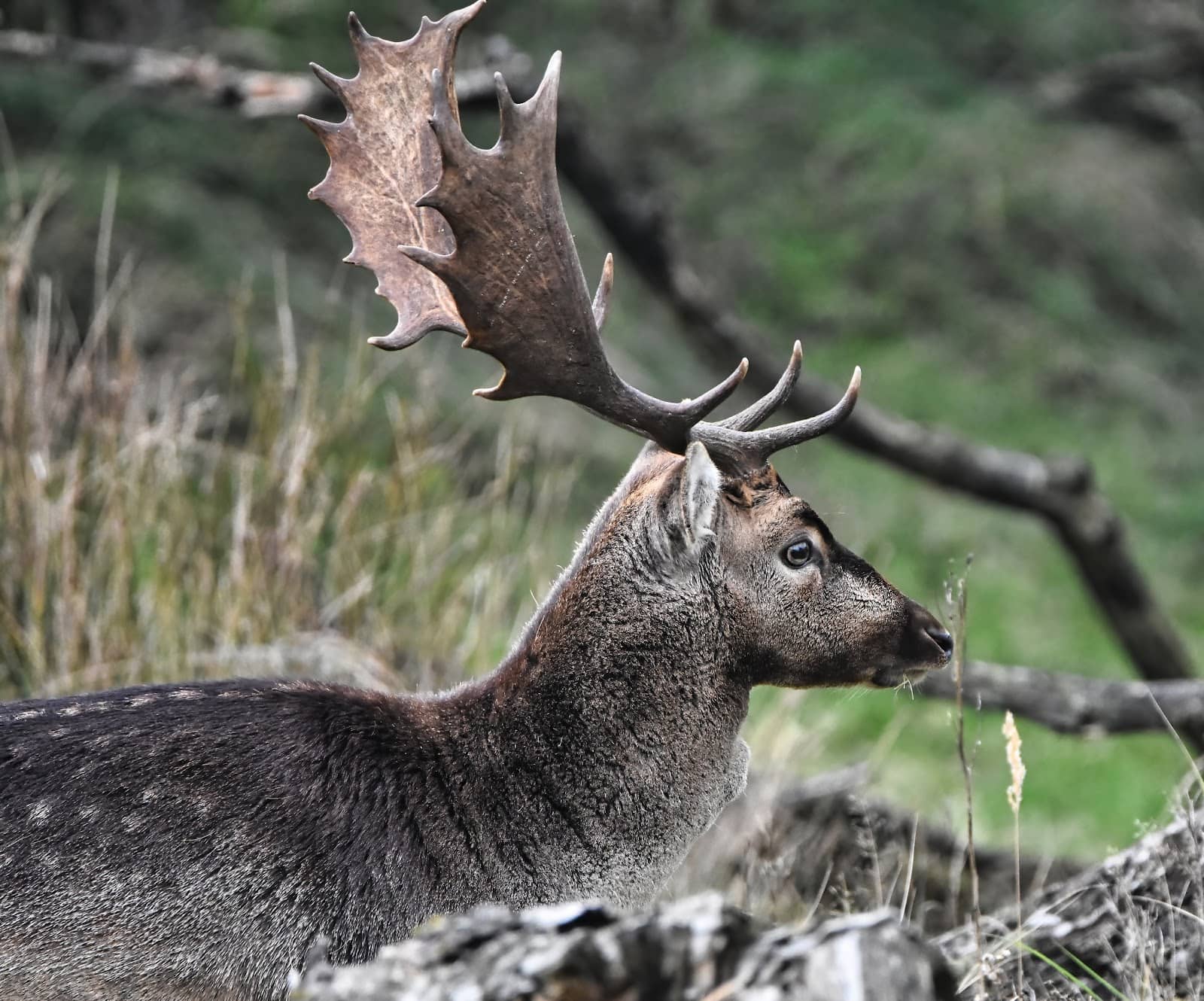
Highlights
Discover the most iconic attractions and experiences

Fallow Deer Encounters
Throughout the park, especially near the De Zilk entrance
Witness a large population of fallow deer roaming freely in their natural habitat. They are often quite approachable.

Dune and Woodland Trails
Various marked routes
Explore diverse landscapes, from sandy dunes to lush woodlands, on well-maintained walking paths.
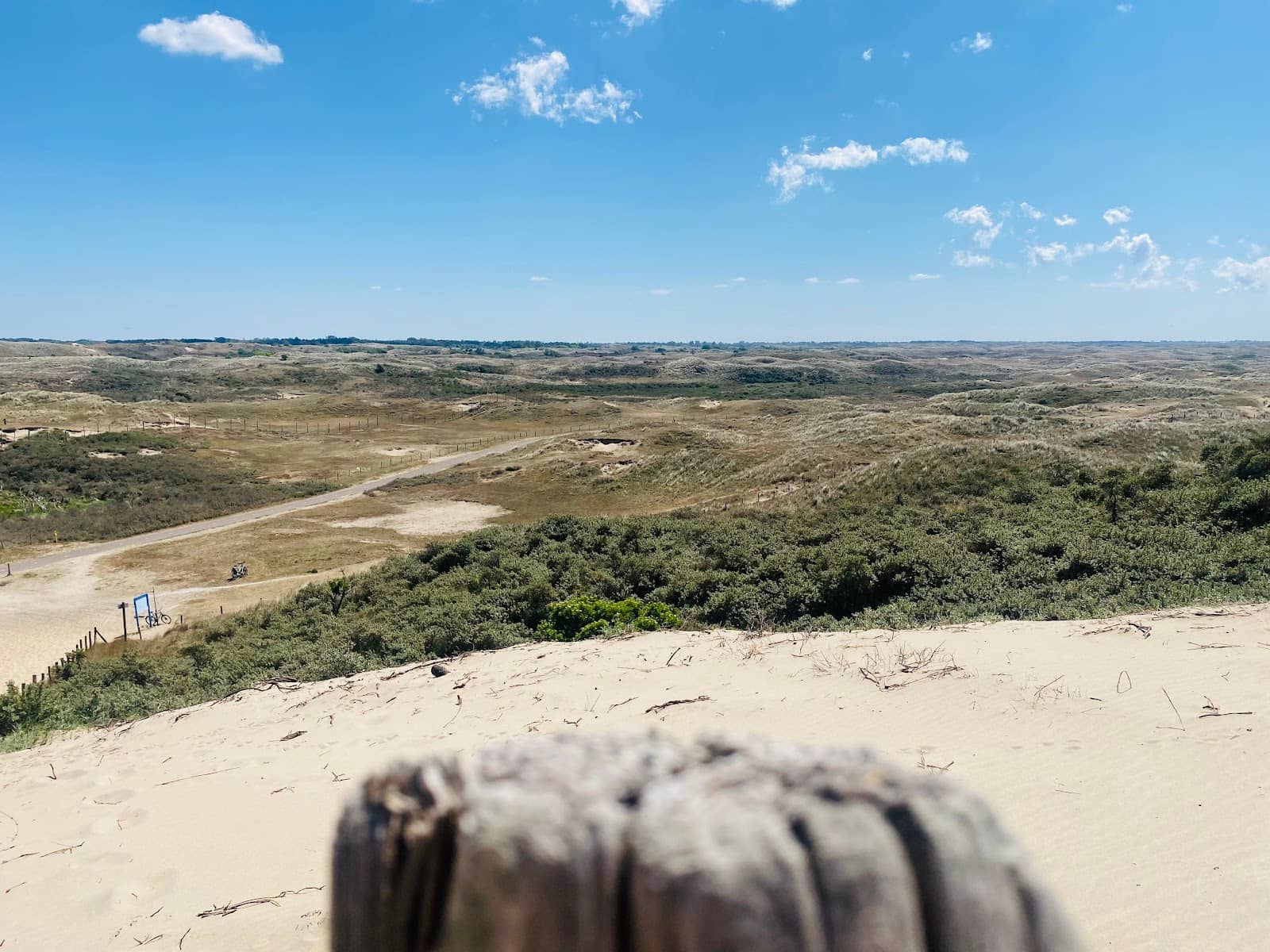
Visitor Center Insights
Near the De Zilk entrance
Learn about the park's rich fauna and flora at the informative visitor center.
Plans like a pro.
Thinks like you
Planning Your Visit
Entry Fee & Access
Navigating the Trails
Best Times
Insider Tips
from TikTok, Instagram & Reddit
Bring Water Bottles 💧
Free water is available, so bring your own bottle to stay hydrated and be eco-friendly.
Check Trail Conditions ⚠️
Some trails can get waterlogged, especially after rain. Be prepared for unexpected detours.
Deer are Shy but Approachable 🦌
Observe deer from a distance, but they are often not shy and can be seen up close.
Offline Maps Recommended 🗺️
Cell service can be spotty, so download maps beforehand.
Tips
from all over the internet
Bring Water Bottles 💧
Free water is available, so bring your own bottle to stay hydrated and be eco-friendly.
Check Trail Conditions ⚠️
Some trails can get waterlogged, especially after rain. Be prepared for unexpected detours.
Deer are Shy but Approachable 🦌
Observe deer from a distance, but they are often not shy and can be seen up close.
Offline Maps Recommended 🗺️
Cell service can be spotty, so download maps beforehand.
Online Ticket Purchase 🎟️
Consider buying tickets online to avoid potential issues with international payment cards.
What Travellers Say
Reviews Summary
Visitors rave about the magical and peaceful atmosphere of the Amsterdamse Waterleidingduinen, highlighting its beautiful dune and woodland walks and abundant wildlife, especially the approachable fallow deer. The low entry fee is also a significant plus. Some minor drawbacks include Dutch-only signage and occasional patchy mobile reception.
"Quite nice trail running terrain. Different levels of difficulty - but nothing extreme. Got perfect weather - 3 fecta (warm sunny day, no rain & no heavy wind).
Even during the weekends - fortunately - it's not really overcrowded (except trailheads & lake). Lots of weird hipstaz & untamed millenials with their sugar rushed, screaming spawns."
miro gster
"We always love exploring hikes in different countries. Got a bit confused with maps bringing us to the main entrance as well as sign pointing in opposite direction from the metro. Also, we could not download app to pay. Suggest paying in advance. Once we were in a very nice peaceful walk only saw one deer and ducks but not disappointed"
Mary G
"Peaceful environment and beautiful walks across dunes and through the woodland.
We hadn’t planned on visiting but followed an All Trails route that took us into the park. It was very easy to pay on entering: just scan the QR code at the entrance and pay online. €1.50 per day."
Louise Rowan
What People Like
What People Dislike
Frequently Asked Questions
🚇 🗺️ Getting There
You can reach the Amsterdamse Waterleidingduinen by car or public transport. From Amsterdam, take a train to Leiden Centraal and then a bus towards De Zilk. The entrance is well-signposted.
Yes, there is parking available near the entrances, particularly at the De Zilk entrance. Parking fees may apply.
Cycling is a popular way to explore the Dutch landscape. There are cycling paths that lead to the nature reserve, and bike parking is usually available.
The entrance at De Zilk is frequently mentioned and is known for its proximity to a large fallow deer population.
Yes, public transport options are available. Buses from nearby towns like Leiden connect to the area. Check local transport schedules for the most up-to-date information.
🎫 🎫 Tickets & Entry
The entry fee is a very reasonable €1.50 per person per day. This fee contributes to the upkeep of the nature reserve.
Payment is typically made via a QR code at the entrance, which you can scan with your smartphone to pay online. It's recommended for tourists to consider purchasing tickets online in advance to avoid potential issues with international cards.
Currently, the primary entry is a daily fee. There are no widely advertised different ticket types for general visitors.
The nature reserve is generally accessible year-round during daylight hours. Specific opening and closing times for facilities like the visitor center may vary.
Yes, it is advisable for international visitors to buy tickets online through the official website to ensure a smooth entry process.
🎫 🏞️ Onsite Experience
The park is famous for its large population of fallow deer. You might also spot foxes, various bird species, and other small mammals.
Absolutely! The reserve offers a network of well-marked hiking trails in various lengths and difficulties, often color-coded.
Yes, the park is great for families. The easy trails and abundant wildlife make it an engaging experience for children.
While specific regulations can change, it's generally recommended to check the park's official guidelines regarding pets, as they may need to be leashed or are restricted in certain areas to protect wildlife.
There is a visitor center that provides information about the park's nature. Restrooms are also available. Free water refill stations are present.
📸 📸 Photography
The areas around the De Zilk entrance are known for frequent deer sightings. Early mornings and late afternoons offer the best light and animal activity.
A telephoto lens is highly recommended for capturing wildlife like deer from a respectful distance. A wide-angle lens is great for the dune landscapes.
Generally, photography for personal use is allowed. However, commercial photography or drone usage might require special permits. Always check park regulations.
The 'golden hours' – shortly after sunrise and before sunset – provide beautiful, soft light for both landscapes and wildlife.
While deer can be quite tame, it's crucial to maintain a safe and respectful distance to avoid disturbing them. Never feed the animals.
For Different Travelers
Tailored advice for your travel style
👨👩👧 Families with Kids
Key recommendations: Choose shorter trails, bring plenty of snacks, and engage kids in spotting wildlife. The open dunes and woodlands provide ample space for exploration, making it a memorable family day out.
🚶♀️ Solo Adventurers & Hikers
Tips for solo visitors: Download offline maps as cell service can be spotty. Consider visiting during weekdays for a more tranquil experience. The opportunity to observe wildlife, particularly the tame fallow deer, provides a unique and calming element to a solo journey.
📸 Nature Photographers
Recommendations for photographers: Bring a telephoto lens for wildlife and a wide-angle lens for landscapes. Be patient and respectful when photographing animals, maintaining a safe distance. The visitor center can offer tips on where and when certain wildlife is most active.
Deep Dives
In-depth insights and expert knowledge
Wildlife Wonders: Spotting Deer and More
Remember to always observe wildlife from a safe and respectful distance. Feeding the animals is strictly prohibited as it can disrupt their natural behavior and diet. The visitor center offers valuable insights into the local fauna, helping you identify what you might encounter during your visit.
Pro Tip: Early mornings and late afternoons are generally the best times for wildlife spotting, as animals are often more active during these cooler parts of the day. The soft light during these 'golden hours' also makes for stunning photographs.
Exploring the Trails: Routes for Every Walker
Many visitors appreciate the ease of navigation, with trails often color-coded for clarity. However, it's worth noting that signs are primarily in Dutch, and cell service can be unreliable in some areas. Therefore, downloading an offline map or using a reliable navigation app is highly recommended, especially if you plan to explore less-trafficked paths.
Some routes, like the purple 5km trail mentioned by one visitor, can sometimes become waterlogged, so be prepared for potential detours or slightly muddy conditions, particularly after rainfall. The visitor center can provide maps and information on current trail conditions.
Sustainable Visit: Eco-Friendly Practices
Beyond water conservation, respecting the natural environment is paramount. This includes staying on marked trails to prevent erosion and protect delicate plant life, and properly disposing of any waste you generate. By adhering to these simple guidelines, you contribute to preserving the pristine beauty of this natural sanctuary for future generations and the wildlife that calls it home.
Consider the impact of your visit. Minimizing your footprint ensures that the Amsterdamse Waterleidingduinen remains a peaceful and thriving ecosystem.
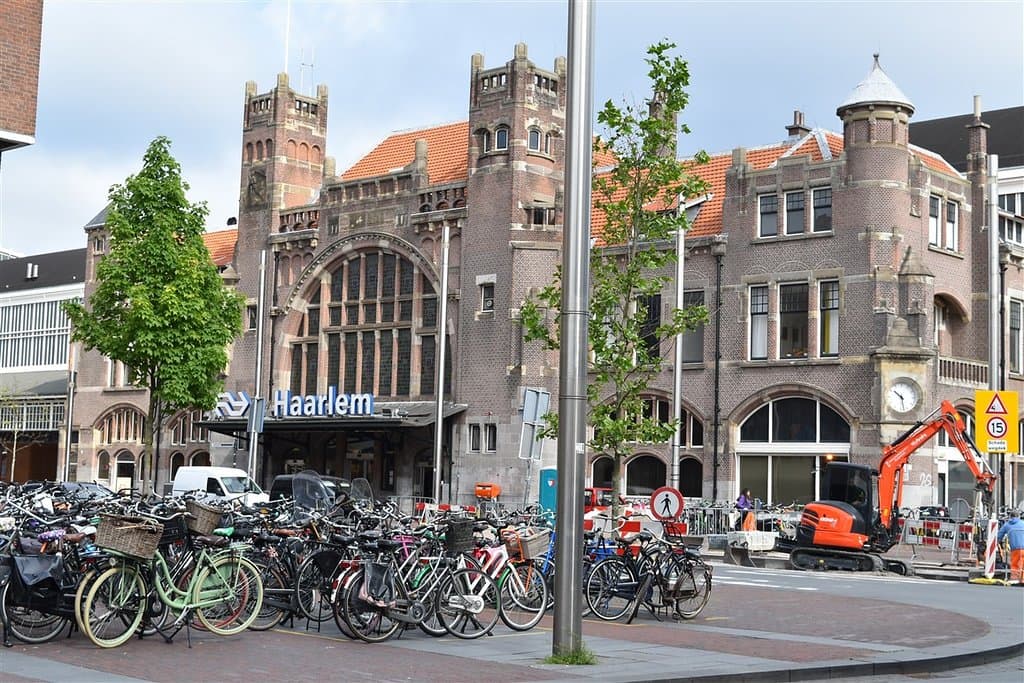

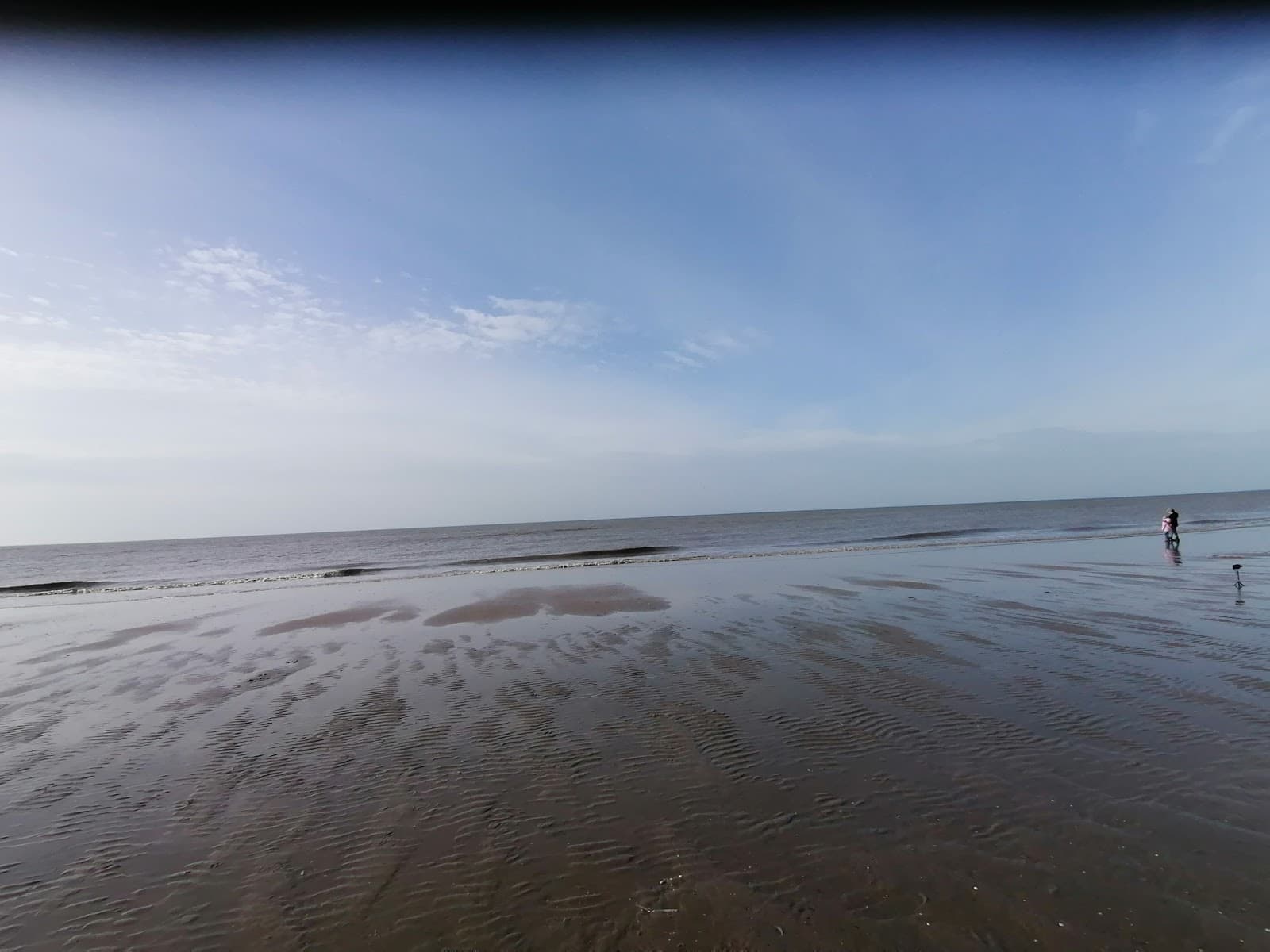
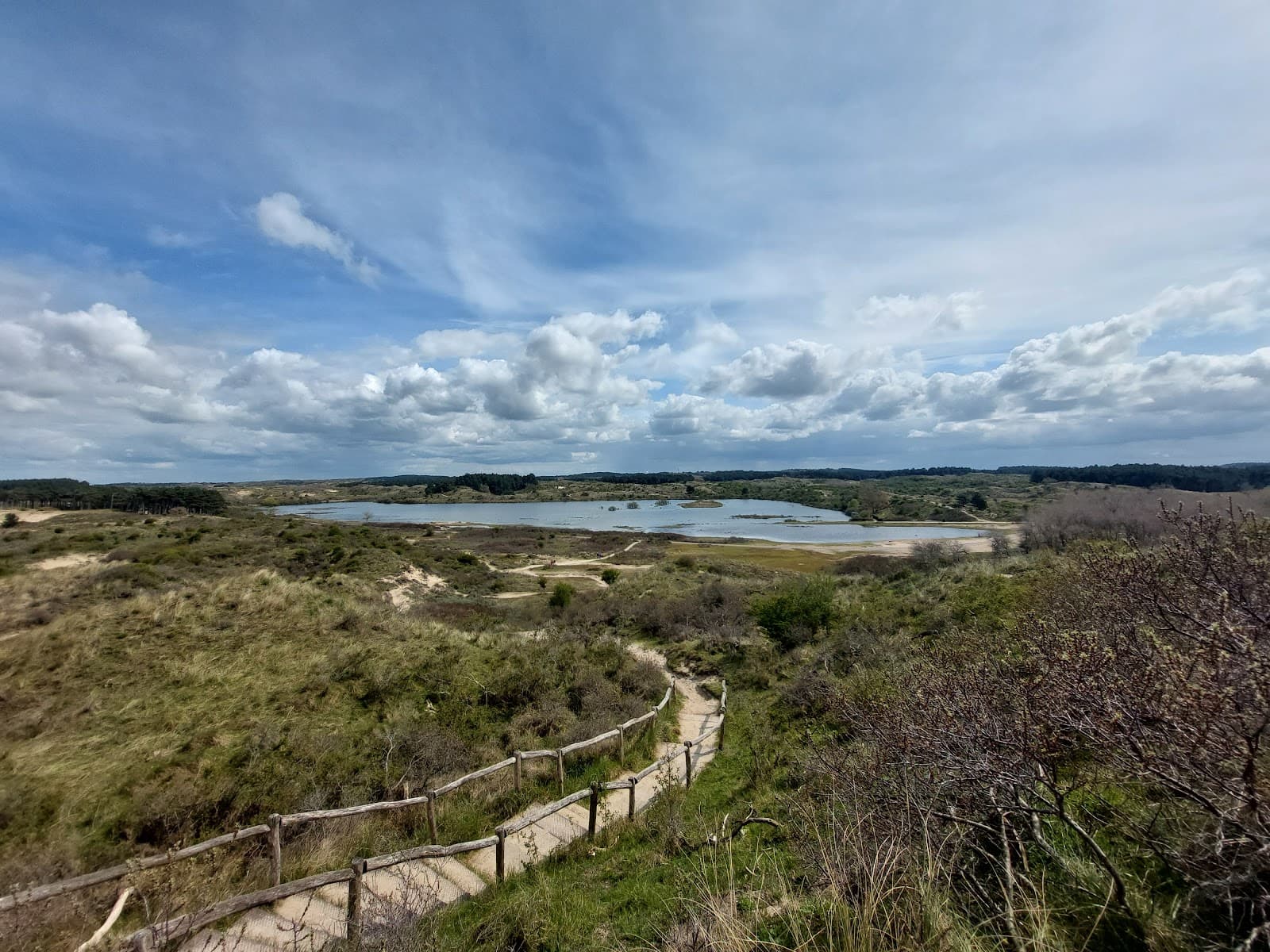
Social
from TikTok, Instagram & Reddit